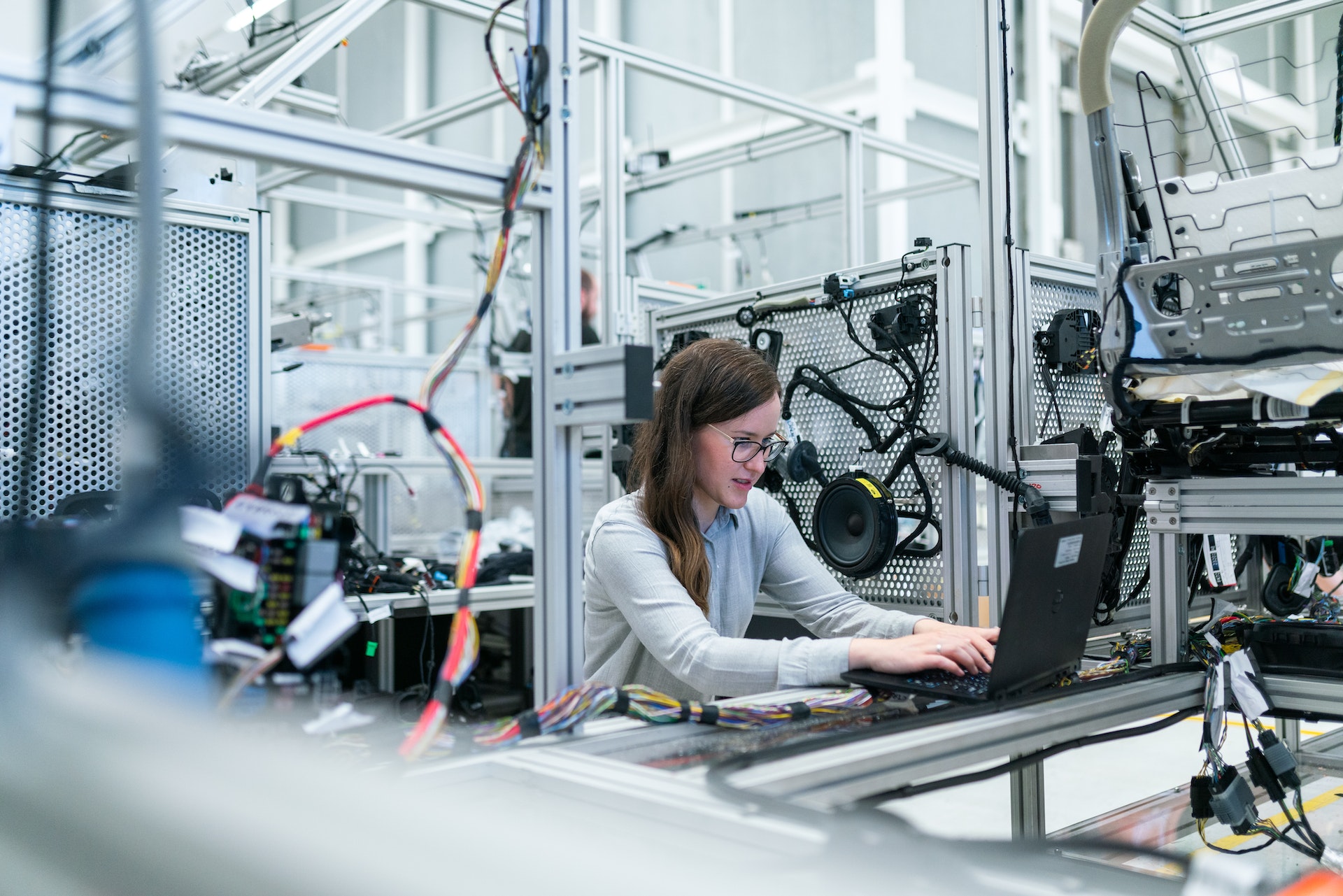Table of Contents
In today&8217;s hyperconnected world, the evolution of wireless technology continues to reshape our lives. Among the latest innovations, 5G technology stands out as a game-changer, promising faster speeds, lower latency, and a myriad of applications that extend beyond traditional smartphone connectivity. In this blog, we&8217;ll delve into the intricacies of 5G technology and explore its diverse applications across various industries.
Understanding 5G Technology
5G, short for the fifth generation of wireless technology, represents a significant leap forward from its predecessor, 4G. While 4G focused primarily on enhancing mobile broadband services, 5G offers a more comprehensive approach to connectivity. It achieves this through several key features:
- Greater Speed: 5G provides exponentially faster data transfer rates compared to 4G, with peak speeds reaching up to 10 gigabits per second (Gbps). This enables nearly instantaneous downloads and seamless streaming experiences.
- Lower Latency: One of the most notable improvements with 5G is its reduced latency, often less than a millisecond. This near-instantaneous response time is crucial for applications requiring real-time interactions, such as augmented reality (AR) and virtual reality (VR).
- Higher Capacity: 5G networks can accommodate a significantly larger number of connected devices per square kilometer, making it ideal for the burgeoning Internet of Things (IoT) ecosystem.
- Network Slicing: This feature allows network operators to divide their 5G infrastructure into virtual networks tailored to specific use cases, ensuring efficient resource allocation.
Core Technologies Behind 5G
To achieve these capabilities, 5G relies on several core technologies:
- Millimeter Wave (mmWave): This higher-frequency spectrum enables faster data transfer but requires more infrastructure due to its shorter range.
- Massive MIMO (Multiple-Input Multiple-Output): This technology uses multiple antennas on both the sender and receiver to increase network efficiency and capacity.
- Small Cells: Deploying smaller cell stations closer to users improves coverage and capacity in densely populated areas.
- Beamforming: By focusing signals directly at devices, beamforming enhances signal strength and reduces interference.
Exploring the Applications of 5G
Now that we have a solid grasp of 5G technology, let&8217;s dive into its transformative applications across various industries:
1. Telecommunications
5G&8217;s primary role is to revolutionize mobile communications. With its high-speed, low-latency capabilities, 5G enables seamless video calls, ultra-fast downloads, and improved voice quality. It also supports the proliferation of IoT devices, facilitating smart homes and cities.
2. Healthcare
In the healthcare sector, 5G opens doors to telemedicine and remote surgery. Surgeons can operate on patients from thousands of miles away with minimal latency, ensuring precise and life-saving procedures.
3. Autonomous Vehicles
Self-driving cars rely on real-time data from sensors and other vehicles. 5G&8217;s low latency ensures that these vehicles can make split-second decisions, enhancing safety and efficiency on the road.
4. Entertainment
The entertainment industry benefits greatly from 5G. Augmented and virtual reality experiences become more immersive, and 4K and 8K streaming are seamless. Gamers can enjoy cloud-based gaming without lag, even on mobile devices.
5. Smart Cities
5G supports the development of smart cities by enabling efficient traffic management, intelligent street lighting, and environmental monitoring. It also enhances public safety with real-time surveillance and emergency response systems.
6. Manufacturing
In manufacturing, 5G facilitates the implementation of Industry 4.0, where machines and robots communicate in real-time. This leads to more efficient production, reduced downtime, and predictive maintenance.
7. Education
5G enables remote learning with high-quality video streaming and interactive experiences. It bridges the digital divide, ensuring that students in underserved areas have access to quality education.
8. Retail
Retailers use 5G for cashier-less stores and enhanced shopping experiences. AR applications allow customers to virtually try on clothes or visualize products before purchasing.
9. Agriculture
Precision agriculture benefits from 5G&8217;s connectivity. Drones and IoT devices can monitor crops and livestock, optimizing resource usage and increasing yields.
10. Energy
Utilities leverage 5G for the smart grid, enabling real-time monitoring and control of energy distribution. This leads to greater efficiency and sustainability.
Challenges and Future Outlook
While the potential of 5G is vast, there are challenges to overcome. Expanding 5G infrastructure, especially in rural areas, is costly and time-consuming. Concerns about privacy and security also arise with the proliferation of connected devices.
Looking ahead, 6G technology is already on the horizon, promising even faster speeds and more advanced applications. However, it will likely be several years before 6G becomes widely available.
Conclusion
5G technology is reshaping the way we connect, work, and live. Its lightning-fast speeds and low latency are driving innovation across industries, from healthcare to entertainment. As we continue to harness the potential of 5G, we can expect a future filled with unprecedented connectivity and transformative applications.

